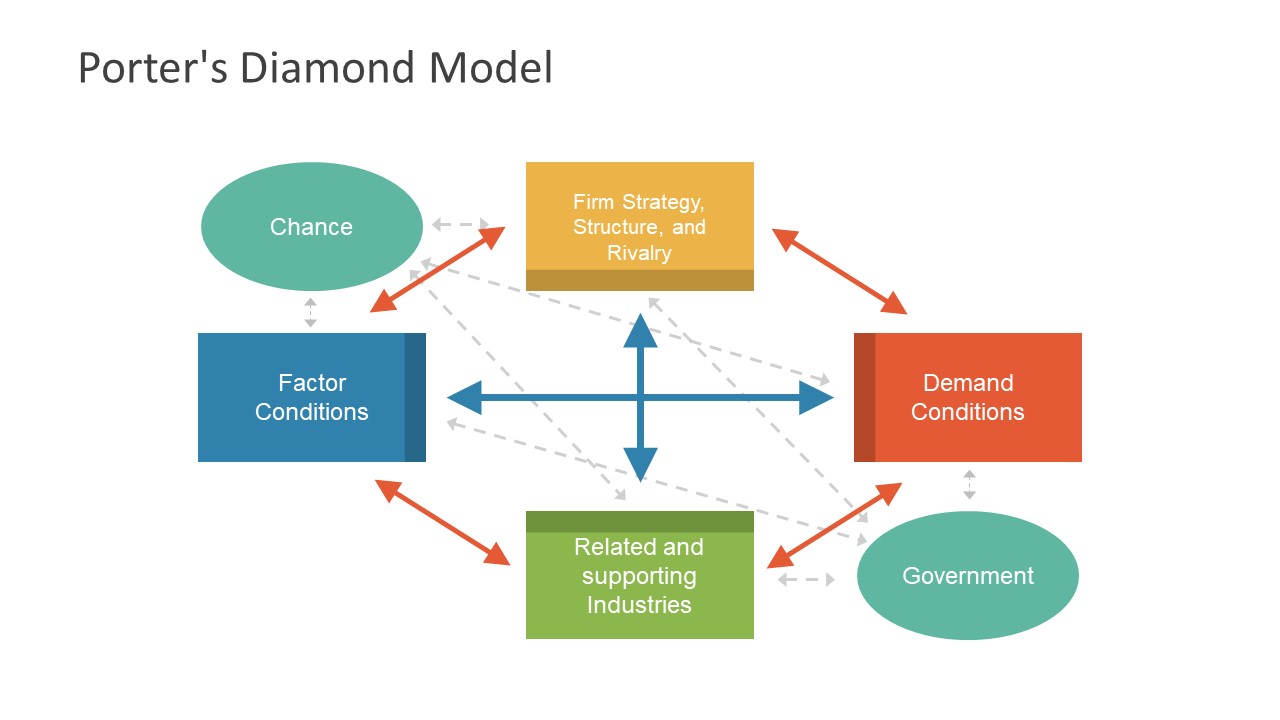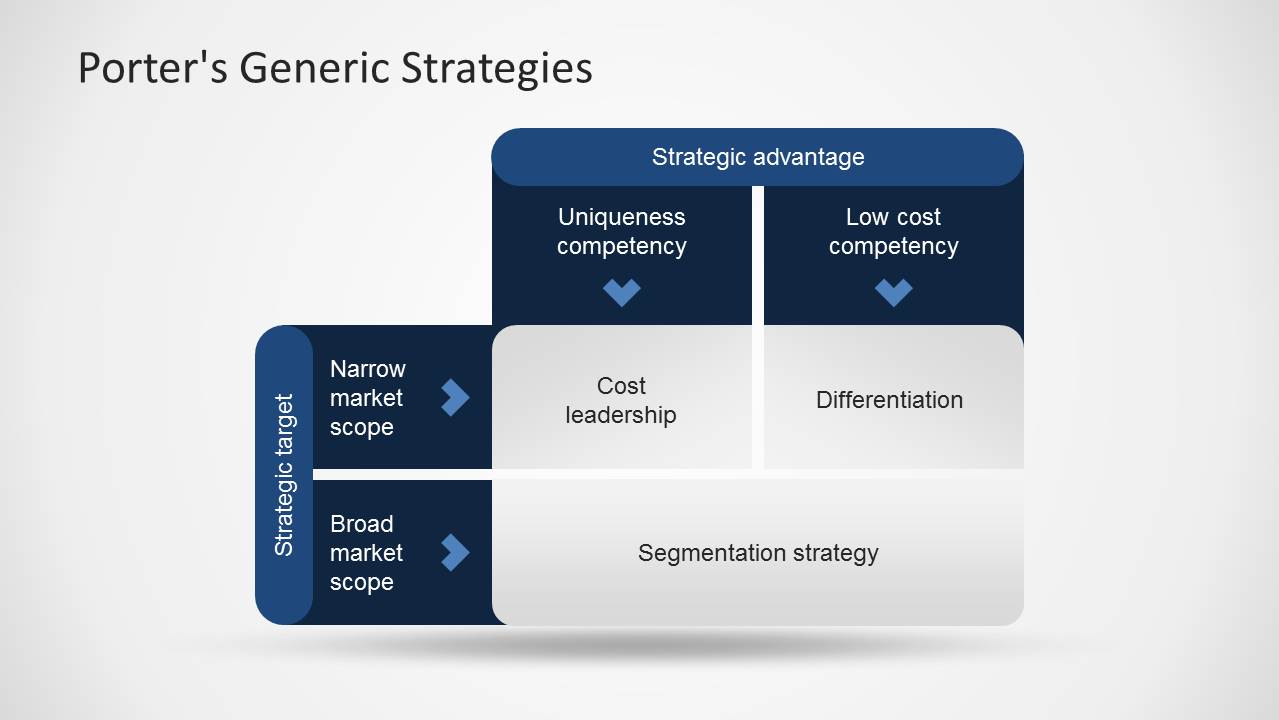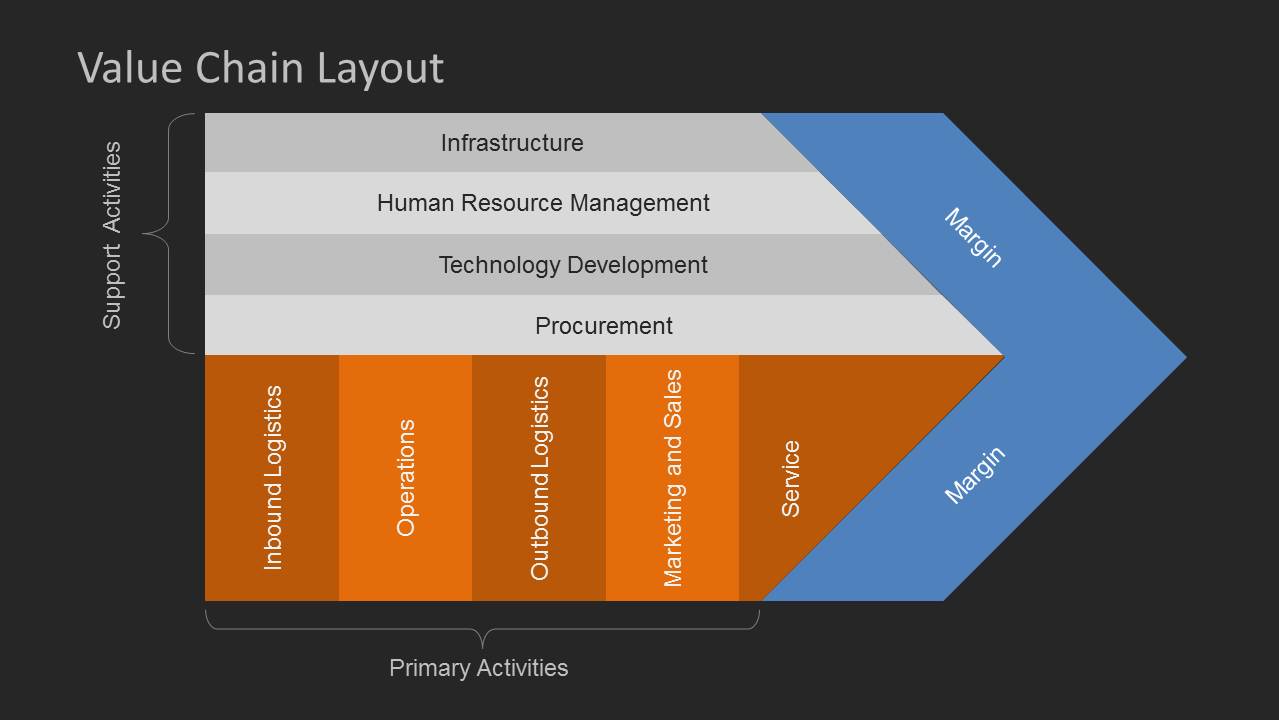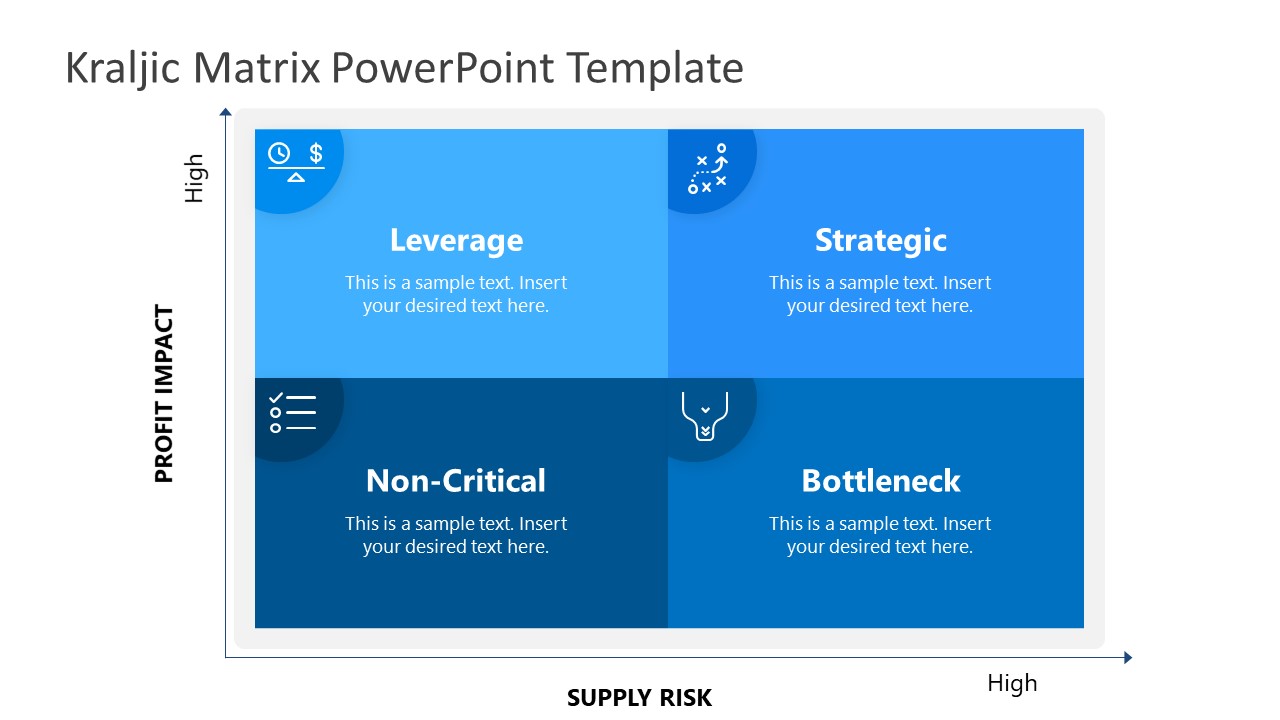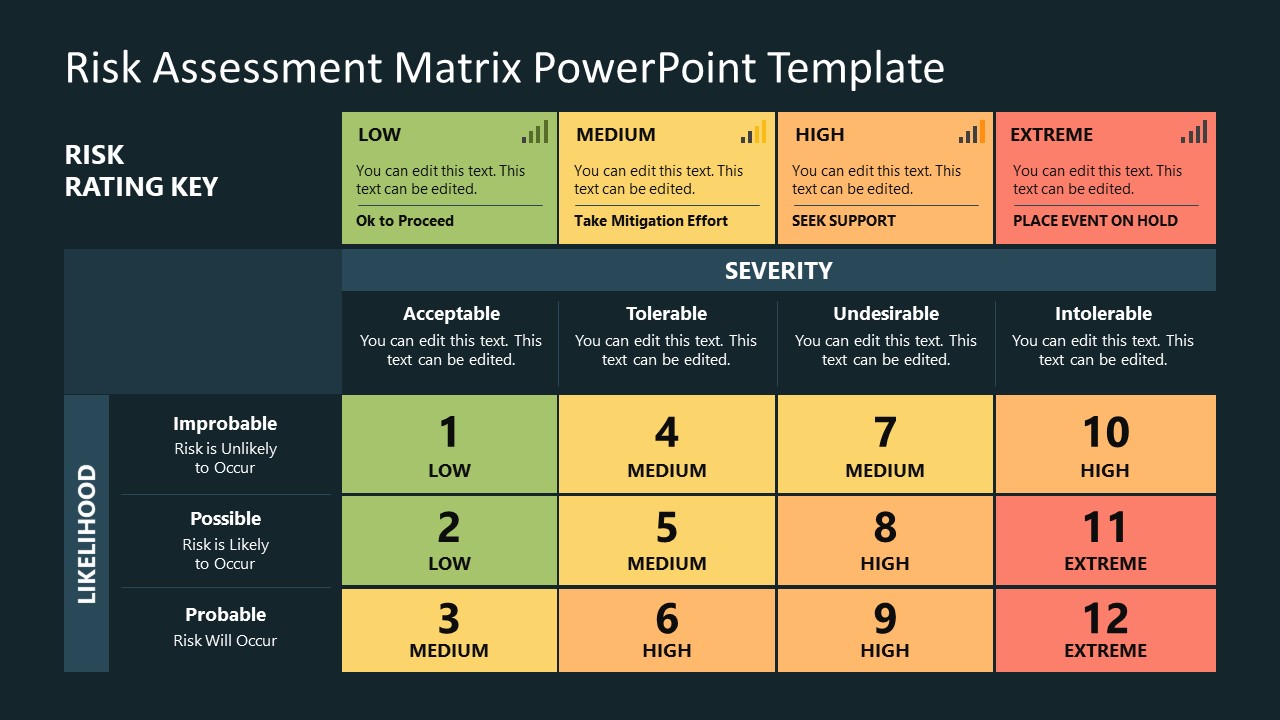
Toyota, Honda, Mazda, Mitsubishi, and Nissan share multiple threads that tie them together. They are all globally successful automotive companies; perhaps the most notable trait they share is Japanese origin. This raises an intriguing question: What makes Japan so special that the success of automotive companies appears to be concentrated in the country?
There is no coincidence in this phenomenon. Michael Porter’s Diamond Model offers a compelling lens through which we can understand the cohesion among these successful companies.
In this article, we will explore how Porter’s Diamond Model can guide your business decisions in seeking international success.
Table of Contents
- What is the Porter’s Diamond Model?
- A Closer Look at Porter’s Diamond Model
- External Factors Affecting National Competitive Advantage
- Implementing Porter’s Diamond Model
- Suggested Templates to Use with the Porter’s Diamond Model
- Conclusion
What is the Porter’s Diamond Model?
In 1990, Michael Porter introduced the Diamond Model, also known as the Diamond of National Advantage, as a key component of his book, “The Competitive Advantage of Nations.” This theoretical framework explains how specific industries and companies within a particular country or region achieve a competitive advantage against their competitors.
Porter’s Diamond recognizes the transformative role of nations in the innovation and global competitiveness of companies. In a nutshell, Porter believes that a favorable domestic environment will allow industries to innovate and continue to flourish internationally.
A Closer Look at Porter’s Diamond Model
Porter specified different factors that create a favorable national environment for business development and growth. These factors are called the “diamond” because they form a diamond-shaped diagram template when plotted.

The four main components of Porter’s Diamond Model are:
- Factor Conditions (Availability of resources such as natural resources, workforce, and technology)
- Demand Conditions (Characteristics and size of the local market)
- Related and Supporting Industries (Presence of competitive local partners like suppliers)
- Firm Strategy, Structure, and Rivalry (Intensity of domestic competition and the strategies employed by local companies)
Let’s delve deeper into each of the main components of Porter’s Diamond Model.
Factor Conditions
A nation’s endowment of factors like labor, natural resources, and capital largely determines its trade patterns – at least according to traditional economic theories. However, Porter’s perspective extends beyond this notion, highlighting that nations can actively shape and create the most critical factors of production in advanced industries.
To illustrate this concept, consider regions rich in natural resources like the Middle East, renowned for its vast oil reserves. While these resources could theoretically position the region as an economic powerhouse, most Middle Eastern countries fall behind the West regarding economic activities. According to a study, the reason is that there’s a delay in adopting crucial institutional frameworks central to the modern economy in the region.
In contrast, Japan offers a compelling example of how strategic initiatives can lead to success despite resource constraints. Despite the scarce natural resource, the country has managed to excel on the global stage. This achievement can be attributed, in part, to Japan’s deliberate investment in cultivating a highly skilled and productive labor force. Its proactive embrace of automation has also allowed the country to remain competitive and sustain its industries’ economic prowess amidst its aging workforce.
These scenarios support Porter’s argument that the successful development and utilization of resources depend on factors actively created through deliberate policies and strategic investments.
Demand Conditions
Home-demand conditions, such as the size of the local market and the nature of domestic buyers, also shape a company’s competitiveness and ability to thrive in international markets.
A competitive domestic environment encourages companies to improve their offerings. Meeting the high expectations of local consumers prepares companies to compete on a global stage, where customer preferences and expectations can vary widely.
Take Apple’s iPhone as an example—most U.S. consumers, if not all, like things that make them feel good. Apple has adeptly leveraged this by branding iPhone as a status symbol through meticulous design and a curated ecosystem of apps. And what’s more, this value has transcended national borders, influencing the taste of international consumers.
In some instances, the government may influence the nation’s domestic market dynamics through its policies. Such a case happened in the U.S. restrictions on Huawei intensified the consumer belief that domestic phone brands, like the iPhone, are more secure and trustworthy alternatives.
Related and Supporting Industries

The success of a business is intertwined with the partnerships that it nurtures. Collaborative relationships and partnerships contribute to a company’s growth and innovation. Hence, competitive supporting industries in a country can be an early-warning indicator of success for businesses seeking global expansion.
Partnerships provide businesses access to a diverse range of resources that they may not possess, like financial capital, technology, spare parts, and infrastructure.
Nissan, for instance, has benefited from forging partnerships with capable local companies that supplied them with spare parts. Although Nissan sources components from around the globe, many of its car parts still come from local Japanese manufacturers. The company also negotiated with Renault and Mitsubishi to share their skills, talents, and technologies.
But why must supporting industries be home-based when businesses can build international supply chains?
Michael Porter’s reasoning is simple:
Suppliers and end-users located near each other can take advantage of short lines of communication, a quick and constant flow of information, and an ongoing exchange of ideas and innovations.
Firm Strategy, Structure, and Rivalry
This component focuses on the role that domestic competition, the strategic approaches adopted by firms, and the organizational structures play on the capacity of companies to innovate and upgrade.
Although there is no right or wrong system, according to Porter, the organizational structure of a business can either enhance its agility and responsiveness or hinder its adaptability. He cited two management systems to illustrate this hypothesis.
First is paternalistic leadership in the Italian management system, where key decisions are centralized on a person positioned at the organization’s top. This strategy works well in industries where Italian companies are world leaders, like fashion – an industry that requires rapid change and flexibility. However, the same management strategy may not fit with technical or engineering-oriented industries. They often require high employee participation and collaboration – elements that are present in the German management system.
Strong local rivals can also push companies to differentiate themselves through product quality and innovation. Governments hold the potential to shape and foster healthy competition among domestic companies through the policies they pass. An example is Japan’s Antimonopoly Act preventing mergers and acquisitions that will impair fair and dynamic competition.
External Factors Affecting National Competitive Advantage
In addition to the four elements, Michael Porter mentions government and chance events as two external factors that can influence the dynamics of industries within a country/region, albeit not included in the original diamond model.
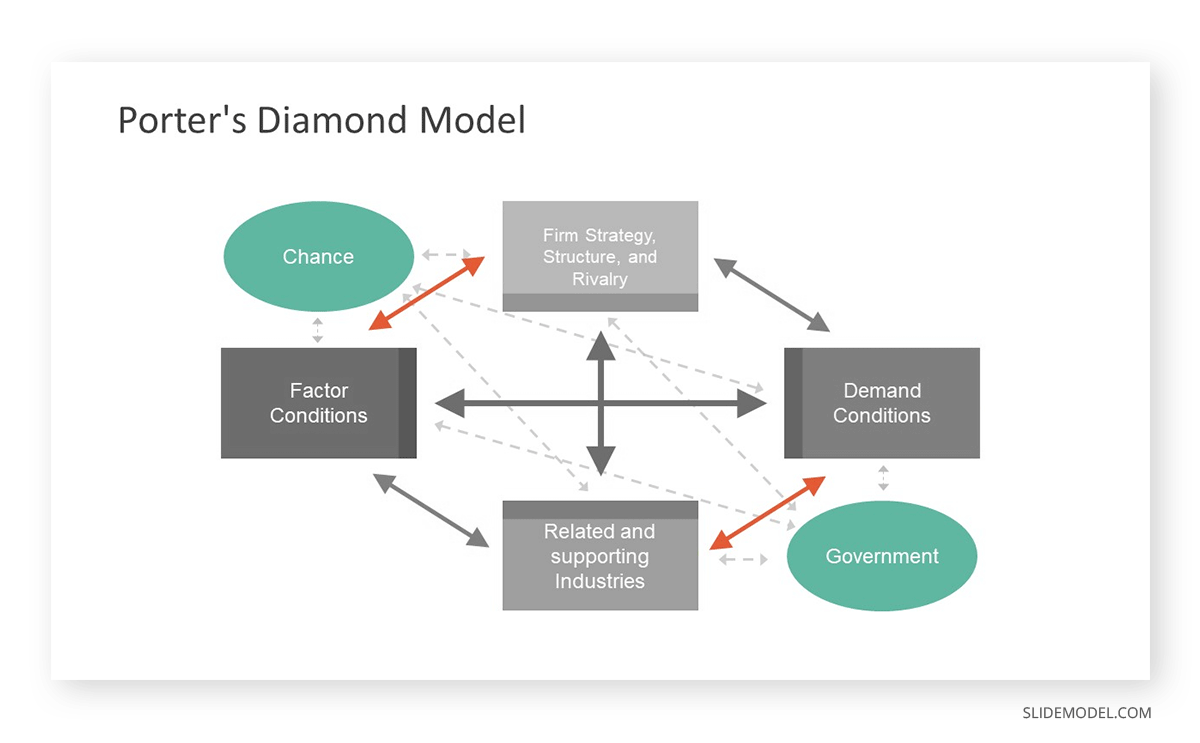
Government’s Role and Policy Implications
The government wields substantial power in shaping the competitive landscape of a nation’s industries. As partly discussed above, policies and regulations can directly impact each component of the diamond model.
For example, the government can influence the quality and availability of skilled labor (factor condition) by investing in education, training, and research. Another instance could be implementing competition policies and preparing domestic companies for their foray into the global scene.
Effects of Chance Events
Unforeseen events may also bring negative and sometimes positive implications for the competitive dynamics of nations. Examples are natural disasters, geopolitical shifts, economic recession, etc. While these factors are beyond the government’s and companies’ control, they can have far-reaching consequences.
For example, the 2008 Global Financial Crisis had widespread negative implications for countries heavily reliant on exports and manufacturing, such as Germany and Japan, due to impaired demand.
Implementing Porter’s Diamond Model
Individual businesses may not have direct control over all the factors in Porter’s Diamond Model, but understanding how these factors influence your industry and competitive advantage can guide your strategic decision-making.
Here’s how you can practically implement each step to gain international success:
1. Assess the Demand
The demand in your local country may be favorable, but it might not apply everywhere. Hence, it’s important to determine the size of the target market’s population through market analysis and determine whether it’s large enough to sustain your business. It’s also beneficial to look into the unique preferences of the market so that you can build a value proposition around them.
Toyota is a good example of this strategy, customizing its products and operations to the level of consumer sophistication in each country. For instance, it developed its affordable compact car Etios specifically for emerging economies like Brazil and India.
2. Evaluate Available Resources
There’s a significant demand that can lead your business to the global stage, but do you have the resources to exploit it? At this point, you need to identify factor conditions that give your country an advantage and determine if you need to enhance specific resources to meet the demands of the international market.
Consider the talents, raw materials, and technologies you will need. Rank them from least to most critical factors using a supply segmentation matrix if possible. This will help you manage your inputs effectively based on their importance to your business.
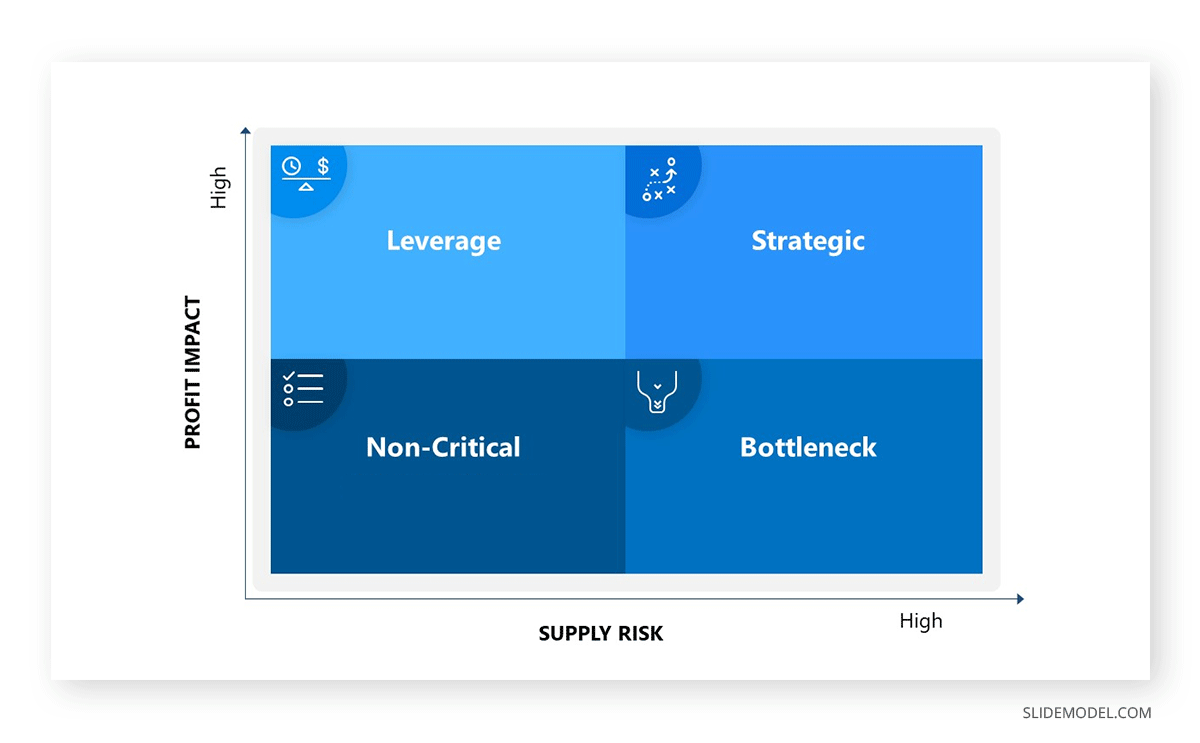
3. Identify Key Partnerships
As your business becomes more complex, the more you need strong partners to back you up. Partnerships will provide your business vital support in areas where you may be lacking and too costly or inefficient to handle independently.
As part of your business model, identify potential partners in your country with an international presence. Analyze their strengths and identify those that can fill in your weaknesses.
4. Analyze the Competitive Landscape
The decision to enter the global market requires careful consideration of the competitive landscape within your industry and business. Think of the barriers that might exist for new entrants in the global market. If the barriers are relatively low or can be overcome, it might signal a more favorable environment for competition.
Here are some questions to ponder for this process:
- How easy or difficult is it for competitors to join the global marketplace?
- How intense the competition is within the global marketplace
- How easy or hard is it to make consumers switch?
5. Capitalize on Favorable Government Policies
The policies in different countries can significantly impact the success or failure of global expansion efforts of companies. Each country has policies unique policies, and you might find it taxing to navigate through these multiple political challenges. That said, strategically capitalizing on government policies can be a powerful catalyst for your international growth.
Here’s an example. The U.S. government provides federal income tax credits for all all-electric, plug-in hybrid, and fuel-cell electric vehicles, which may increase the demand for the said products in the coming years. Hence, automotive companies with the said technology can seize the opportunity to expand their operations there.
5. Mitigate Risks
Finally, you have to consider adverse circumstances that may deflect the journey of your business. Threats are inevitable, but you can minimize their impact by only taking calculated risks.
Risk analysis involves several steps: (1) identifying risks, (2) calculating the probability of occurrence, and (3) managing risks. While it’s impossible to eliminate risks, a strategic approach to risk management can significantly reduce their impact, ensuring a smoother and more successful expansion endeavor.
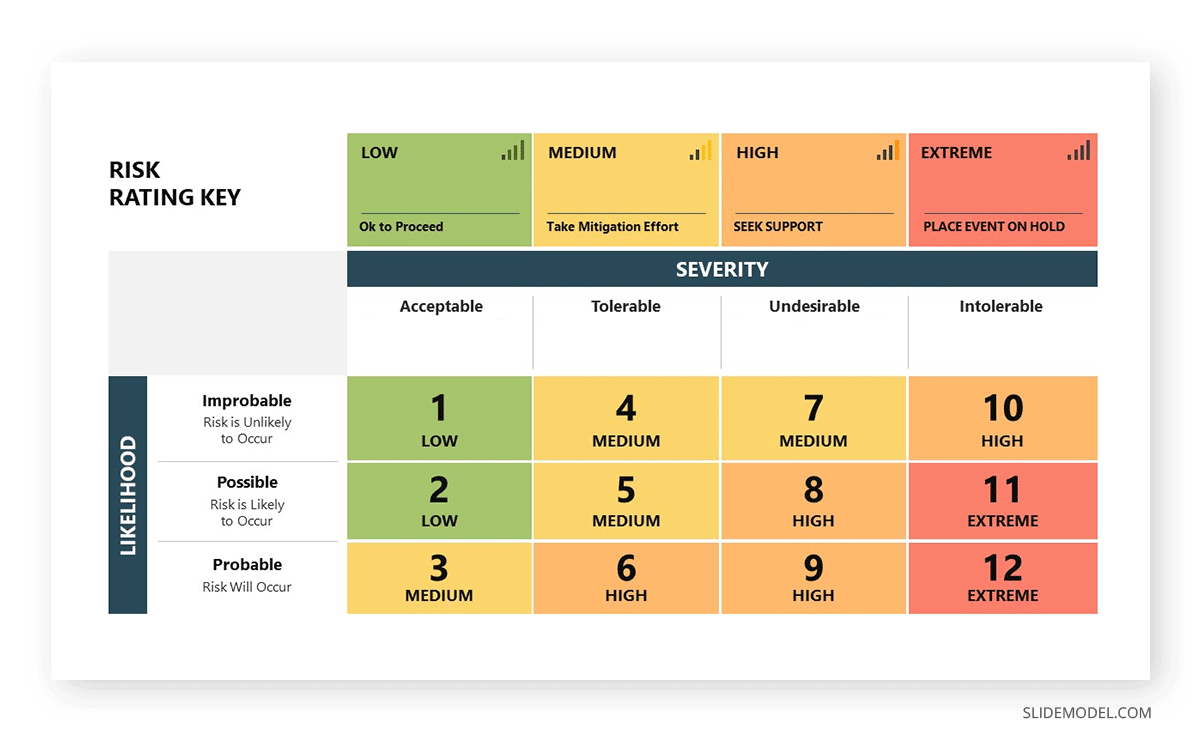
For example, a company entering a country with a volatile economy might make a strategic equity investment in an existing company instead of bearing the full financial burden of establishing a new facility.
Suggested Templates to Use with the Porter’s Diamond Model
This section will showcase useful templates we can use to represent the Porter’s Diamond Model and relevant tools that help us create this analysis for our company.
Conclusion
Michael Porter’s Diamond Model highlights the key and interlocking elements that collectively shape the conditions conducive to fostering businesses within a particular country. By understanding and optimizing these interlocking factors, countries can strategically position themselves to encourage innovation, attract investments, and ultimately enhance their global competitive advantage. On the other hand, companies may use the insights provided by the model to guide their decisions toward market expansion or business presentations.
